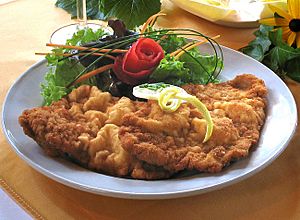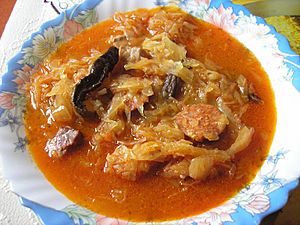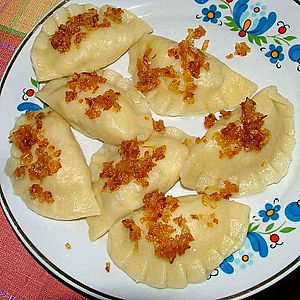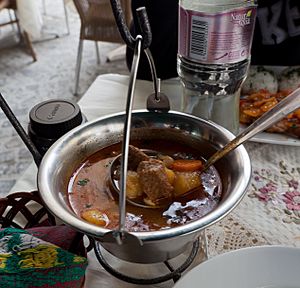Central European cuisine facts for kids
Central European cuisine is all about the yummy food and cooking styles from countries in the middle of Europe. Think of places like Germany, Poland, Austria, and the Czech Republic. Even though these countries are close, their food can be a bit different depending on where you are.
For example, if you're near rivers or lakes, you might find more fish and seafood dishes. But if you're up in the mountains, especially near the Alps, you'll see lots of dishes made with cheese, milk, and butter. It's cool how the land shapes what people eat!
Food Through Time: Roman Influence
Long, long ago, during the Bronze Age and Iron Age, people in Central Europe mostly ate simple foods. Their meals included things like beans, wild fruits, nuts, and grains.
New Foods from Rome
When the Roman Empire spread its influence, it brought many new foods to Central Europe. These new ingredients didn't replace the old ones. Instead, they added exciting new flavors to the local cooking.
Some of these new foods were chickpeas, gourds, black pepper, pistachios, almonds, dates, olives, melons, and rice. Since these were hard to grow in Central Europe, they were often expensive and only for the rich.
Spices and Seasonings
Archaeologists, who study ancient times, have found proof of spices like dill and celery seeds at old Roman sites. This shows that people were using these to make their food even more delicious!





